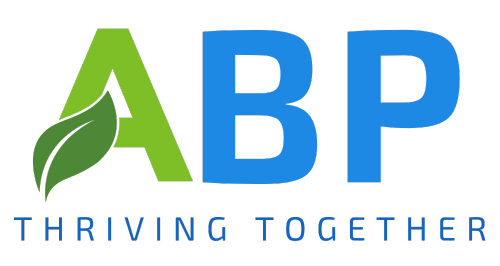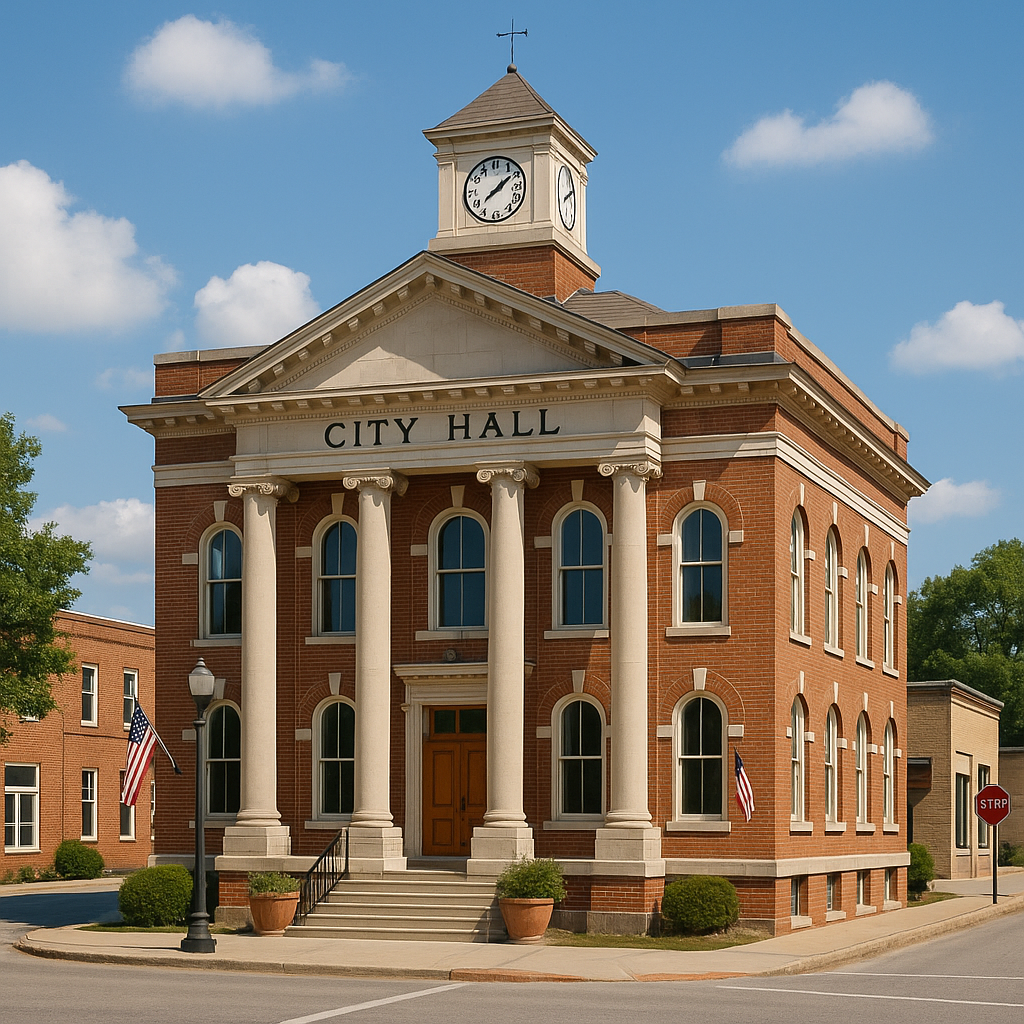You’ve Entered the Entertainment Zone

Has anyone ever hired a third party to analyze the financial impact of Entertainment Zones?
Alcohol Businesses & Math
Occasionally, with my clients who own alcohol businesses, I’ll do a deep dive where I analyze every component of their business. This includes policies, pricing, staffing, menu, and marketing. In doing so, I get complete access to all their financials. It's common for me to identify a promotion that makes no financial sense. While I understand the concept of loss leaders to get customers in the door, these promotions are intended to generate profit.
The problem is nobody did the math before initiating the promotion to evaluate the possible outcomes. Sometimes, the math shows that the promotion offered no realistic path to profitability.
City Officials Don’t do the Math
This is the same mistake cities regularly make when approving a new alcohol business: not doing the math to see if the business will be a financial net gain. The later a business stays open, the more unlikely the business is a financial winner for the city.
That doesn’t mean the business shouldn’t be approved. The community needs places for people to work and socialize. It does mean the city should look closely when approving late-night businesses. For example, the city should apply additional, meaningful conditions on the business’s conditional use permit or entertainment permit. Meaningful.
For the record, my first business--The Shark Club in Costa Mesa--had 32 conditions of approval, and we were in complete compliance with all of them for the first ten years we were open. Yet, we were a “disorderly”[1] business. Over the next ten years, with the same city conditions, we became a model operator by implementing my own, meaningful best practices.
Cities should also keep in mind, when they are approving a new alcohol business, especially a late-night business, they are essentially robbing Peter to pay Paul. Zero sum game. My clients in congested downtown bar scenes talk about the good old days when there were enough bars to draw customers to the area, but before the approval of so many bars that most bars are barely hanging on.
A struggling bar is significantly more likely to be a public safety risk. The first staff that get cut are security. The bar is less likely to cut-off customers. The bar is less likely to ban troublemakers. The bar is less likely to help financially strapped drunk customers get home by paying for a taxi or rideshare service. The bar is far more likely to offer extreme drink promotions to get people in the door (even if those promotions make no financial sense).
Which brings us to Entertainment Zones, which ultimately results in more alcohol businesses crammed into an area.
[1] In violation of Sec. 25601 CA Bus. & Prof. Code
Entertainment Zones & Math
To be clear, and this often drives people in the alcohol harm prevention community crazy, I am not against the concept of the Entertainment Zone.
In the right location and with meaningful conditions, an Entertainment Zone, in theory, can make dollars and sense, while the risk of harm can be effectively managed. In fact, meaningful conditions will result in these businesses being more responsibly managed and profitable than those businesses outside the zone.
Are meaningful conditions applied to businesses in Entertainment Zones? Not that I’ve read or heard of.
Please, someone, prove me wrong.
Has anyone ever hired a third party to analyze the financial impact of an Entertainment Zone?
I can’t find any. Again, if someone has such a study, please guide me to it.
I’m not interested in papers on the financial windfall that zones produce, IF, the paper doesn’t also include an analysis of the additional expenses created by a zone. Such papers should not be sponsored by those with a vested interest in the outcome of the data.
An example is the Oxford Economics report, The Concerts and Live Entertainment Industry—A Significant Economic Engine. While “Oxford Economics” is on every page of the report, it’s on the last page that we learn that Live Nation Entertainment commissioned the report.
Interestingly, within the 19-page Oxford Economic report, you will not find the word “safety” anywhere.
You will also not find the words “profit,” “profits,” or “profitability” anywhere. While it was clear the report had no interest in analyzing how concerts and live entertainment financially impact local governments, I would have expected a pitch that live entertainment makes a business more profitable. I expect too much.
At least the NYC’s Nightlife Economy—Impact, Assets, and Opportunities study, commissioned by The Mayor’s Office of Media and Entertainment, does eventually address business profitability. In the Executive Summary, we learn that the total number of nightlife establishments was growing annually.” On page 57, we learn:
- 18% of the establishments reported an increase in profits over the last three years.
- 47% of the establishments reported a decrease in profit over the last 3 years.
The NYC’s Nightlife Economy—Impact, Assets, and Opportunities 80-page study is a promo piece on the financial benefits derived from New York’s nightlife. Yet, there is zero analysis or mention of the expenses caused by these businesses. Meaning, we have no idea if NY’s nightlife businesses are a net financial positive or negative for the city. Why does this expensive-to-create study exist?
Every industry would appear financially attractive if only sales were publicized, not expenses.
According to a 2024 Financial State of the Cities report, NYC leads the nation in debt.
When I was working at 3M, the book Quality is Free by Philip B. Crosby was published. This book, along with his others, revolutionized the business world, including how 3M conducted its business. Crosby used case studies to demonstrate that sales and customer foot traffic might be impressive, but if expenses are too high, the company goes under.
Cities also go under.
According to the 2024 Financial State of the Cities report, 50 of the top 75 American cities are in a substantial deficit.
Has anyone ever hired a third party to analyze the financial impact of an Entertainment Zone?
The closest thing I could find that might help evaluate the financial impact of an Entertainment Zone is Fullerton’s Restaurant Overlay District. As intended, the District expanded its number of alcohol businesses to 47 and saw an increase in foot traffic, drawing 4,000 people, even on weeknights.
Four years after approving the Restaurant Overlay District, and sensing things weren’t turning out as planned, the city hired an outside auditing firm to analyze the financial impact the District was having on city finances. The report revealed:
- The District cost the city $935,500 more annually than it earned.
- The largest expenses came from police, fire, and maintenance services.
- The report anticipated the deficit would grow to over a million dollars, with the need to add four new police officers costing $412,000 per year.
Our next Insight will review California’s new Entertainment Zone law.
For the record, I love live music.
RECAP
Why is it impossible to find a study on the financial impact Entertainment Zones have on cities and community safety? A study that includes both the financial benefits and detriments.
An oversaturation of alcohol businesses negatively impacts the profitability of these businesses.
An alcohol business that is financially struggling has the potential to become a much higher safety risk to its customers and the community.
The official who approved publication of NYC’s Nightlife Economy—Impact, Assets, and Opportunities report should be fired and replaced by anyone who ever worked at 3M.
Fullerton intentionally grew the number of alcohol businesses in their Overlay District to 49, significantly increasing foot traffic and problems, resulting in the 49 businesses creating an annual deficit of nearly one million dollars.









